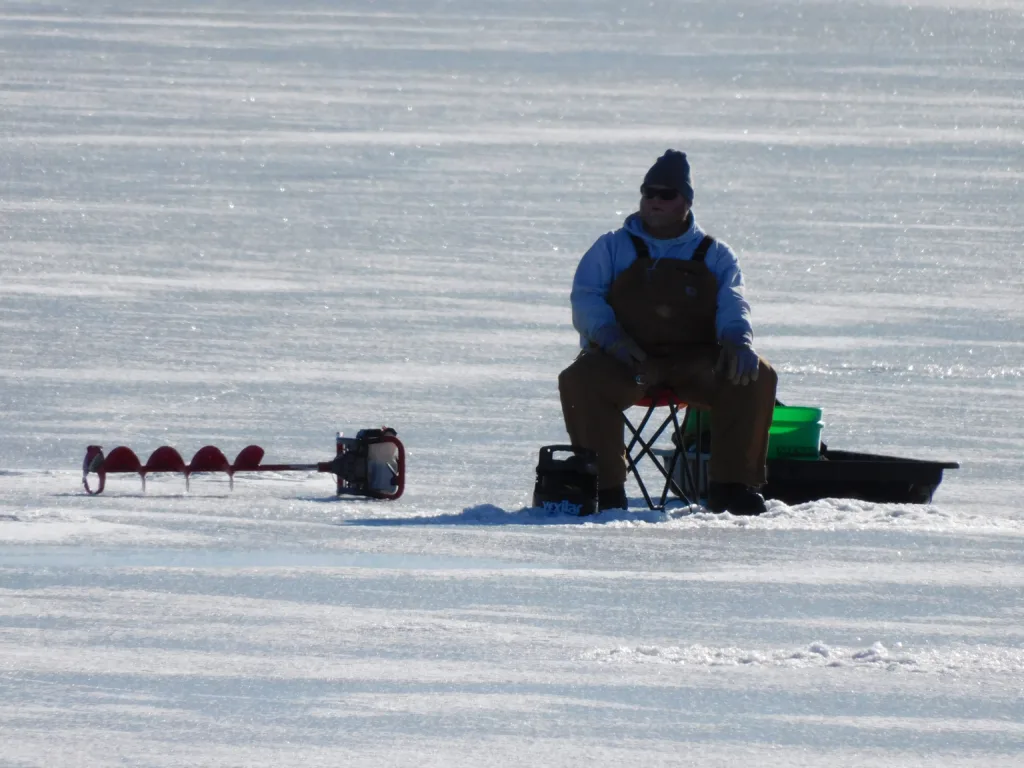

Ice fishing is a popular wintertime activity in North Dakota, but this year’s warm weather has limited ice making on many of the state’s bodies of water. However, some ice fishermen have been venturing out for a few weeks. They’ll likely be joined by many more in the coming days. The first of the year generally signals the time when even the most cautious of ice anglers hit the ice.
Even though there has been open water on many bodies of water, a number of ice fishing enthusiasts have been drilling holes and fishing wherever ice thickness allows. While using caution is always sound advice when on ice, this year’s El Nino influenced temperatures demands more caution than usual to avoid unsafe ice.

The North Dakota Game and Fish Department has the following precautions for ice anglers taking to lakes and rivers:
Edges firm up faster than farther out from shore.
Snow insulates ice, which in turn inhibits solid ice formation, hiding cracks, weak and open water areas.
Ice can form overnight, causing unstable conditions. Ice thickness is not consistent, as it can vary significantly within a few inches.
Avoid cracks, pressure ridges, slushy or darker areas that signal thinner ice. The same goes for ice that forms around partially submerged trees, brush, embankments, or other structures.
Anglers should drill test holes as they make their way out on the lake, and an ice chisel should be used to check ice thickness while moving around.
Daily temperature changes cause ice to expand and contract, affecting its strength.
The following minimums are recommended for travel on clear-blue lake ice formed under ideal conditions. However, early in winter it’s a good idea to double these figures to be safe: 4 inches for a group walking single file; 6 inches for a snowmobile or all-terrain vehicle; 8-12 inches for an automobile; and 12-15 inches for a pickup/truck.

And some life-saving safety tips:
Wear a personal flotation device and carry a cell phone.
Carry ice picks or a set of screwdrivers to pull yourself back on the ice if you fall through.
If someone breaks through the ice, call 911 immediately. Rescue attempts should employ a long pole, board, rope, blanket, or snowmobile suit. If that’s not possible, throw the victim a life jacket, empty water jug or other buoyant objects. Go to the victim as a last resort, but do this by forming a human chain where rescuers lie on the ice with each person holding the feet of the person in front.
To treat hypothermia, replace wet clothing with dry clothing and immediately transport the victim to a hospital.